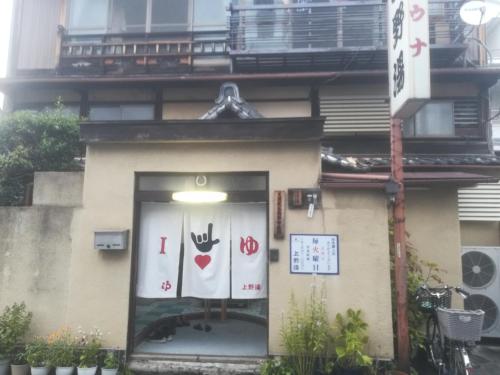Kourin-in Temple
menuMenu
Kourin-in Temple captivates visitors with its stunning main hall showcasing Muromachi-period architecture and a serene karesansui (dry landscape) garden. Experience a moment of tranquility surrounded by history and nature.








Highlights
- The main hall, a stunning example of Muromachi-period architecture
- The serene karesansui garden
- An Important Cultural Property steeped in history
- The unique design of the Kankyo-tei tea room
- A harmonious blend of history and nature
Basic Information
- Address
- 80, Daitokuji-machi, Kita-ku, Kyoto-shi, Kyoto-fu Search for tourist attractions in Kyoto
- Access
- Take a Kyoto City bus from JR Kyoto Station to Daitokuji-mae (approx. 30 minutes), then walk. Show route
- Op.Hours
- Monday: 10:00 AM - 4:00 PM, Tuesday: 10:00 AM - 4:00 PM, Wednesday: 10:00 AM - 4:00 PM, Thursday: 10:00 AM - 4:00 PM, Friday: 10:00 AM - 4:00 PM, Saturday: 10:00 AM - 4:00 PM, Sunday: 10:00 AM - 4:00 PM
- Cld.Days
- Open every day
- Fee
- Admission Fee: Adults ¥500, High school students ¥300, Free for junior high school students and younger
- INFO
- Normally closed to the public, but it may be open for a limited time during special spring openings (around April) and autumn openings (around November). Please check the website in advance. Also, we kindly ask that you observe quiet during your visit.
Overview
Recommended nearby attractions
Chion-in Temple

Chion-in is the head temple of the Jodo sect, boasting a magnificent gate and a National Treasure Main Hall (Omigedo).
Daitoku-ji Temple

With its sprawling grounds dotted with sub-temples, serene karesansui (dry landscape) gardens, and historically and culturally significant structures, Daitoku-ji is a must-see Zen temple representing the best of Kyoto.
Hōkyō-ji Temple

Visit a temple with ties to Ashikaga Yoshimitsu, including a National Treasure writing room, tea room, and beautiful gardens.
Konchiin Temple

Find tranquility and peace in the serene atmosphere of Konchiin Temple. Contemplate the meticulously designed kare-sansui (dry landscape) garden, "Tsurukame no Niwa," created by Kobori Enshu.
Shōkoku-ji Temple

A historic temple established by Ashikaga Yoshimitsu. Don't miss the "crying dragon" painted on the ceiling of the Hōdō!
Zuifuin

Zuifuin's highlights are the *karesansui* (dry landscape) gardens, "Dokuzatsu-niwa" and "Kanmin-niwa," designed by Shigemori Mirei. Prepare to be captivated by the serene beauty and create an unforgettable memory.
Koto-in Temple

Koto-in, founded by Hosokawa Tadaoki, is known as a temple associated with Hosokawa Tadaoki, a high-ranking student of Sen no Rikyu. Enjoy the serene beauty of the moss-covered garden, the vibrant maple trees, and the charm of the teahouse.
Kyo-o Gokokuji Kanchiin Temple

Experience history with National Treasure guest halls and structures connected to Miyamoto Musashi. The expansive gardens are breathtaking and offer stunning seasonal views.
Daiho-onji Temple

The main hall, the oldest existing structure in Kyoto, built in the Kamakura period, is a designated National Treasure and a truly impressive sight.
Sanzen-in Temple

A Kyoto icon, this temple offers a tranquil escape, featuring the beautiful moss-covered Yujoen garden and the charming sight of the Warabedizo statues.
Nearby Hotels
International Guest House Tani House

ez guest house

ROKU Kyoto LXR Hotels & Resorts

Kyomachiya Guesthouse Ryoan-Ori

K-style Kinkakuji

Guest House Koiya

Guesthouse Kingyoya

Guest House Sakurakomachi

SK 3 Bedroom Machiya Kanki in Kyoto

IS KYOUYUKARI

